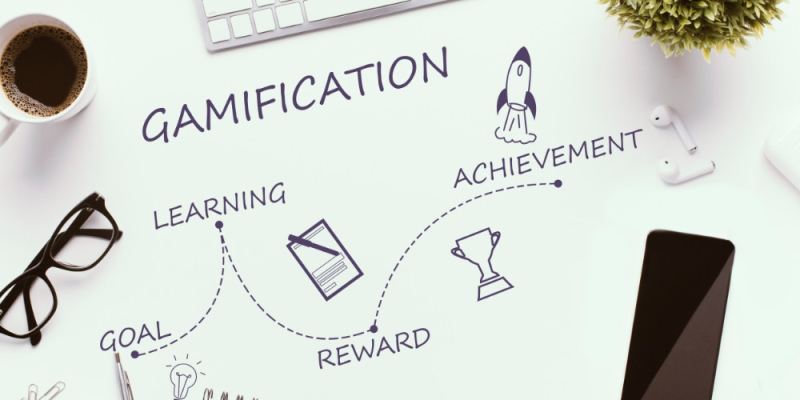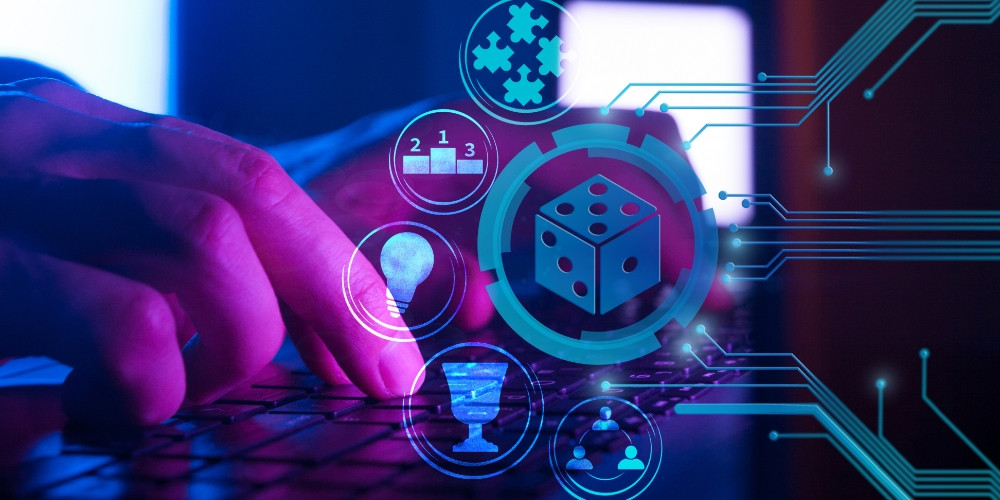The Gamification of Education: Learning Through Play
- Landon White

In the ever-evolving landscape of education, an intriguing trend has emerged that amalgamates the joy of play with the rigors of learning. The practice referred to as "gamification" entails the integration of gaming components and principles into areas outside of games, including education. Through the use of features like scoring points, competitive elements, and gameplay rules, teachers are finding creative methods to inspire and captivate learners during their educational journey.
A New Approach to Learning
Gamification in education is revolutionizing the traditional learning environment. Unlike conventional methods that often prioritize rote memorization, gamified learning focuses on making education engaging and interactive. It seeks to harness the motivational techniques of games, convincing students that learning is not just a duty but an enjoyable adventure.

Elements of Gamification
At the heart of gamification are points, badges, leaderboards, and storylines. These elements are not just arbitrary additions but meticulously crafted components that leverage human psychology to foster engagement, motivation, and a sense of achievement. For example, obtaining awards for finishing educational units can foster a feeling of advancement and achievement among learners.
Educational Software and Gamification
With the rise of digital technology, educational software has become a fertile ground for the integration of gamification. Interactive software platforms now offer immersive learning experiences through games and simulations. This approach makes learning more captivating and promotes better retention of information and concepts through practical application and repetition.
Personalization through Play
One of the key advantages of gamification is its capacity for personalization. With adaptive learning technologies, educational games can adjust their difficulty levels and content according to each learner's performance and preferences. This personalized approach ensures a more effective learning experience by addressing individual strengths and weaknesses.
Boosting Motivation and Engagement
Engagement and motivation are critical components of effective learning. Gamified education exploits the compelling nature of games to keep students interested and invested in their learning journey. Through challenges, competitions, and rewards, gamified systems provide continuous feedback and incentives that encourage students to strive for improvement.
Collaboration and Social Interaction
Beyond individual achievement, gamification fosters a sense of community and collaboration among learners. Multiplayer games and collaborative challenges promote teamwork and communication, invaluable skills inside and outside the classroom. This aspect of gamification mirrors the social dynamics of real-world interactions and teamwork.

Outcomes and Effectiveness
The effectiveness of gamification in education is supported by numerous studies indicating improved engagement, comprehension, and retention rates among students who learn through gamified systems. Additionally, gamification has shown promise in encouraging persistence and resilience by framing failure as a part of the learning process rather than a defeat.
Challenges and Considerations
While the benefits of gamification are significant, its implementation is challenging. Concerns such as excessive screen time, educational content quality, and equitable access to technology are vital considerations. Educators and developers must strike a balance between engaging learners and maintaining the educational integrity of their content.
The Future of Gamified Learning
The future of gamified learning looks promising. As research continues to evolve, so will the methods and technologies used to gamify education. The coming years will likely see more sophisticated game-based learning environments incorporating virtual and augmented reality, thus further blurring the lines between education and entertainment.
Conclusion
The implementation of gamification within educational settings marks a substantial transformation in the methodologies of instruction and acquisition of knowledge. By leveraging the intrinsic motivations and interactive elements of games, educators are pioneering a new era of education that is engaging, effective, and enjoyable. Learning through play is not just a novel idea; it is a transformative movement reshaping the educational landscape for learners worldwide.















